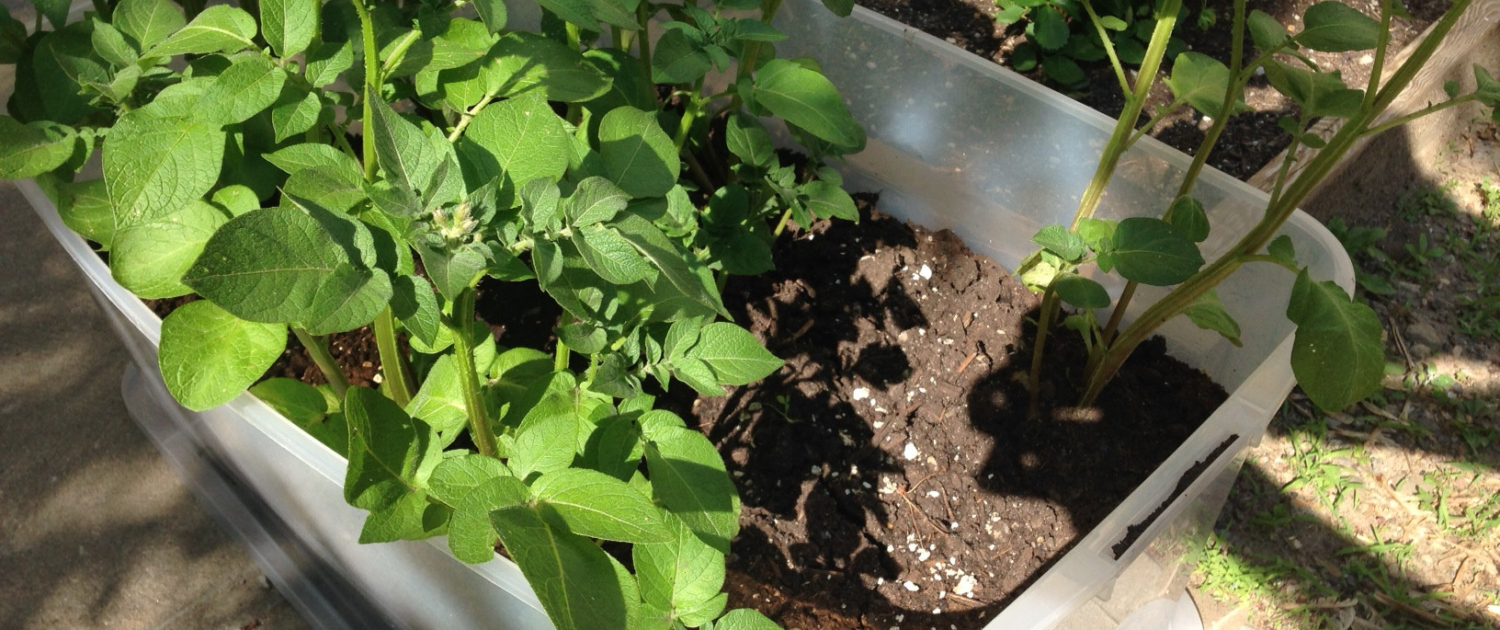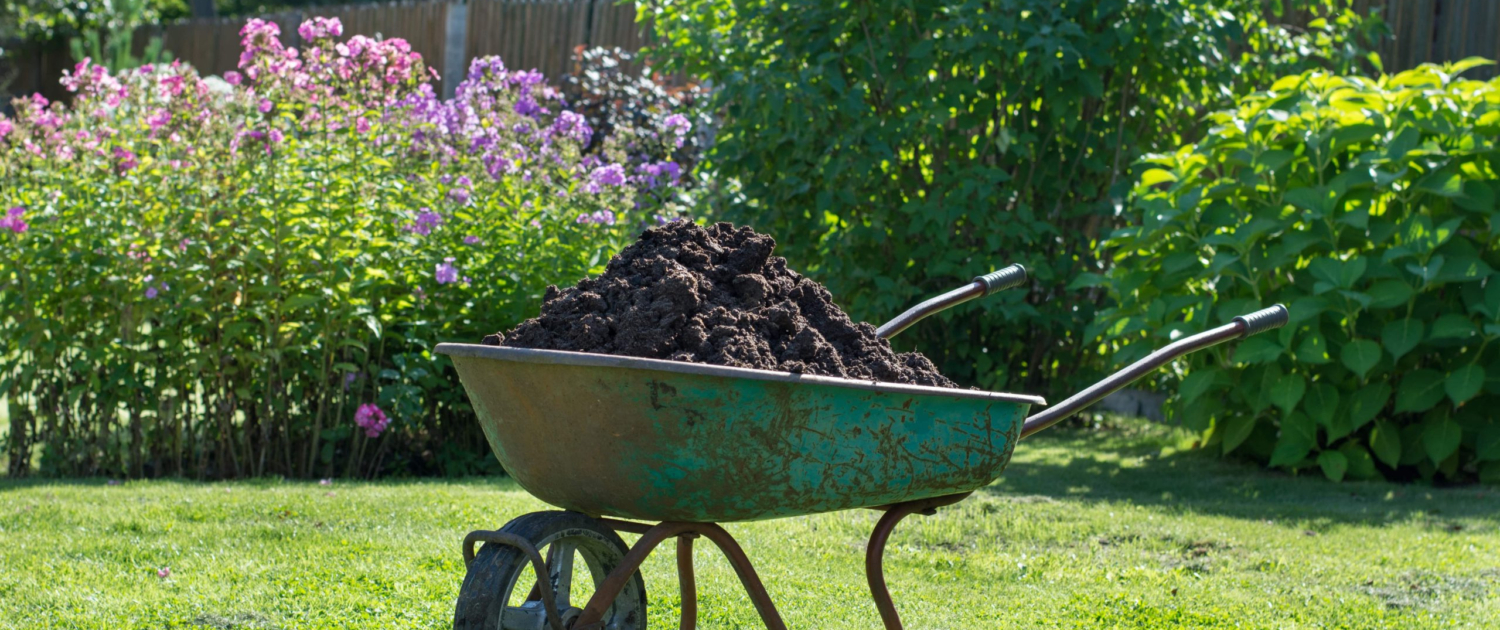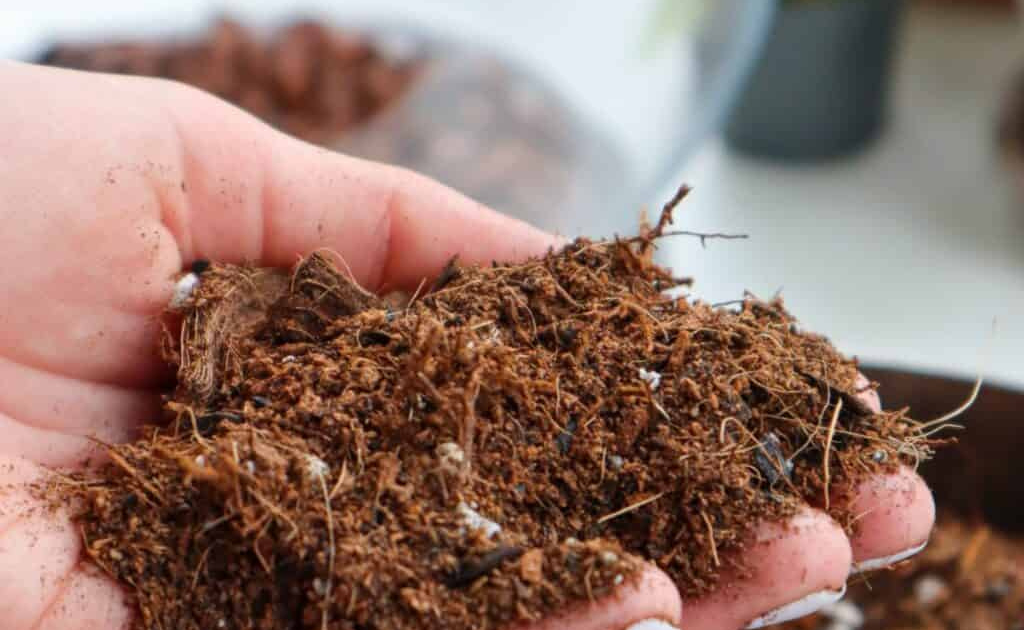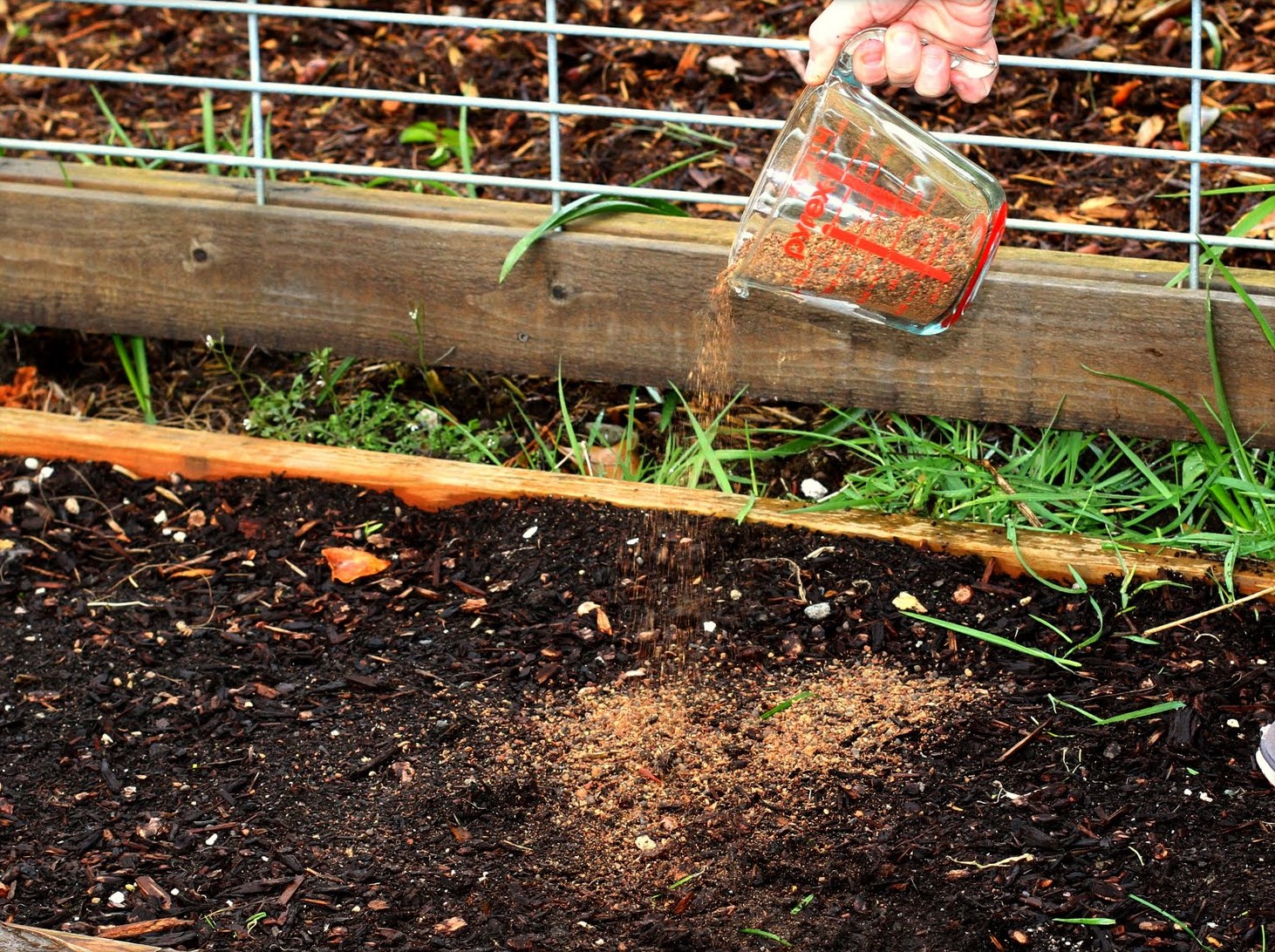Fertilizing in the summer can be a critical step in maintaining a healthy, vibrant garden or lawn throughout the year. However, given British Columbia’s diverse range of climates—from the wet, mild Lower Mainland and Vancouver Island to the hot, dry conditions of the Okanagan—homeowners and gardeners must tailor their fertilizing practices to suit their specific regional climates. Understanding the nuances of each area’s summer weather patterns can help ensure that fertilizing efforts are effective, environmentally friendly, and conducive to plant health.

Lower Mainland and Vancouver Island: Navigating Wet Summers
Lower Mainland and Vancouver Island: Navigating Wet Summers
The Lower Mainland and Vancouver Island share a similar climate, characterized by mild temperatures and significant rainfall, even during the summer months. This climate offers a unique set of challenges and opportunities f or summer fertilizing.
Key Considerations:
- Slow-release Fertilizers: Opt for slow-release or controlled-release fertilizers to minimize nutrient runoff, which can be a concern in areas with high precipitation. These fertilizers provide a steady supply of nutrients over time, reducing the risk of over-fertilization and protecting local waterways.
- Organic Options: Organic fertilizers, such as compost or fish emulsion, can improve soil structure and increase its ability to retain moisture—vital in areas where summers can still be wet.
- Timing: Avoid fertilizing during periods of heavy rain to prevent nutrient runoff. The best time to fertilize is when a dry spell is expected, allowing the nutrients to be absorbed by the soil and plants.

Okanagan Adapting to Heat and Drought
Okanagan Adapting to Heat and Drought
The semi-arid climate of the Okanagan presents a stark contrast to the coastal regions, with hot summers and limited rainfall. Fertilizing practices here need to address the challenges of heat stress and water conservation.
- Water-efficient Practices: Given the limited rainfall, it’s crucial to ensure that fertilizing is paired with efficient watering practices. Early morning or late evening applications can reduce evaporation and ensure that nutrients are effectively absorbed.
- Heat Stress Mitigation: Choose fertilizers that contain potassium, which can help plants better withstand drought and heat stress. Avoid high-nitrogen fertilizers in mid-summer, as they can encourage leafy growth that the plant cannot support under drought conditions.
- Drought-tolerant Plants: Focus on fertilizing drought-tolerant plants and native species that are better adapted to the local climate, reducing the need for frequent watering.

General Tips for Summer Fertilizing Across BC
General Tips for Summer Fertilizing Across BC
- Soil Testing: Before applying any fertilizer, conduct a soil test to understand the specific nutrient needs of your garden. Over-fertilizing can harm plants and contribute to nutrient runoff, impacting local ecosystems.
- Mulching: Apply a layer of mulch after fertilizing to help retain soil moisture and temperature, reduce weed growth, and protect against soil erosion.
- Moderation is Key: More is not always better when it comes to fertilizing. Use the recommended amount based on your soil test results and the specific needs of your plants.
Fertilizing during the summer months in British Columbia requires a thoughtful approach that considers the unique climate of each region. By choosing the right type of fertilizer, applying it at the optimal time, and following best practices for water conservation and plant health, gardeners and homeowners can support lush, healthy gardens and lawns. Whether you’re dealing with the wet conditions of the Lower Mainland and Vancouver Island or the dry heat of the Okanagan, tailored fertilizing strategies can make all the difference in achieving a vibrant and sustainable outdoor space.


